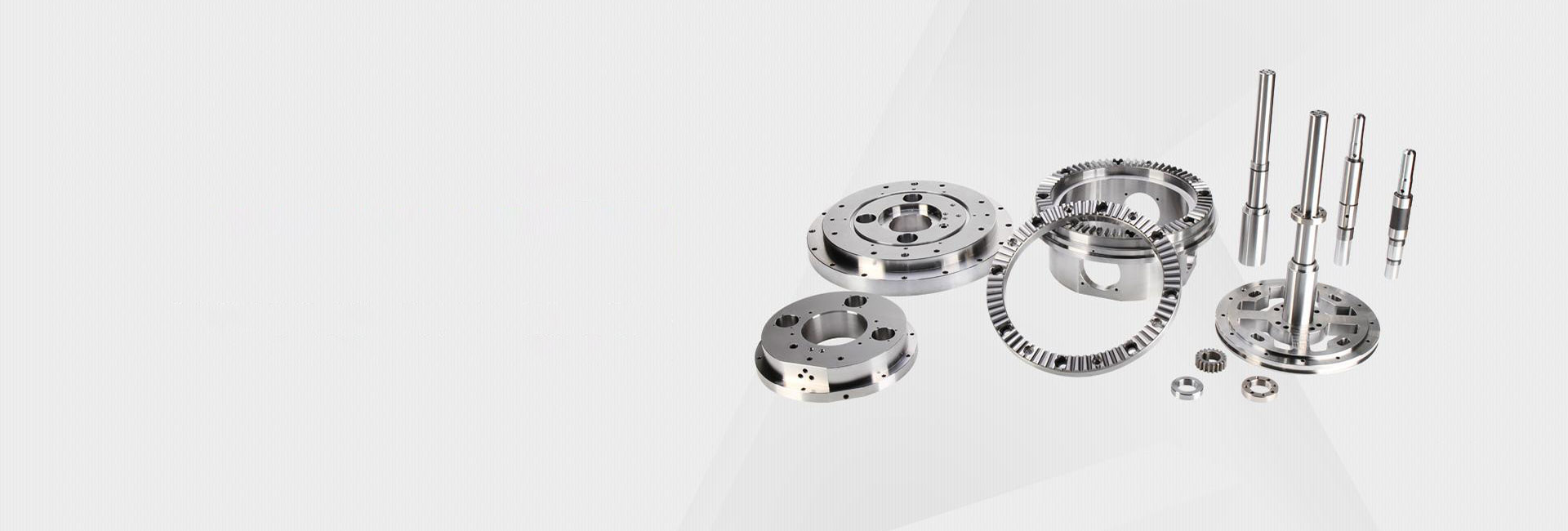How Much Does CNC Anti-Slip Tooth Machining Cost? A Practical Pricing Guide
Hey there, fellow engineers and procurement pros! 👋 Ever get stuck when you need a quick quote for CNC anti-slip tooth machining? You know the part is crucial for grip, but the pricing feels like a black box. One supplier says one thing, another gives a completely different number. It's frustrating, right? Let's break down the real cost behind this specialized machining process together, so you can budget smarter and talk to suppliers with confidence.
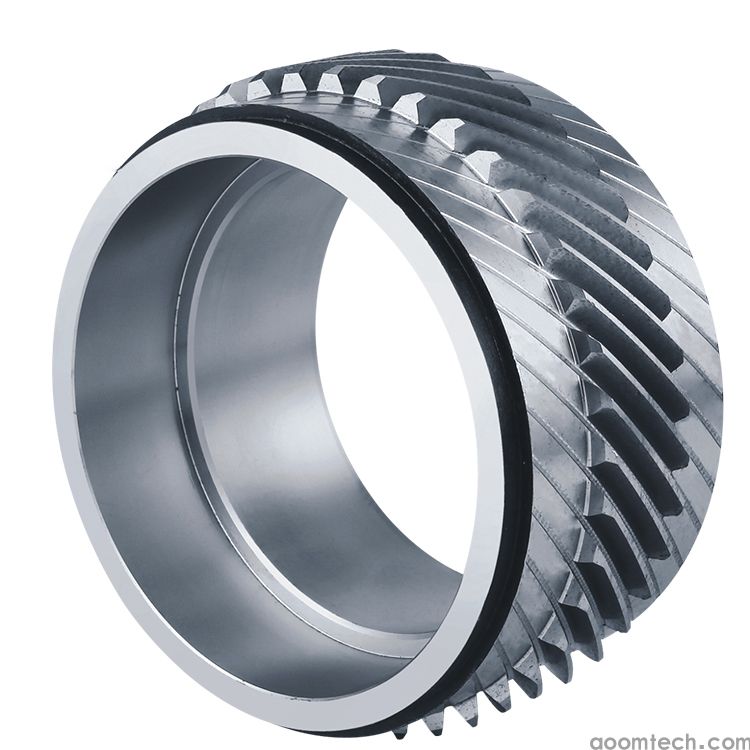
What Exactly Are We Paying For?
First off, "CNC anti-slip tooth machining" isn't your everyday milling job. We're talking about creating those precise, often tiny, ridges on a surface to prevent slipping. The cost isn't just for the material removed; it's for the precision, tooling, and time involved. A simple pattern on a flat surface is one thing, but a complex contour? That's a whole different ball game in terms of programming and machine time.
The Big Three: What Drives the Price Up or Down?
From my experience dealing with multiple shops, three factors really make or break the budget:
1. Material Matters – A Lot: Aluminum is generally friendlier on the wallet. But when you step into stainless steel or, worse, titanium, the cost jumps. Harder materials wear down tools faster and require slower machining speeds. I've seen the price for the same part double just by switching from aluminum to steel.
2. Complexity is the Real Kicker: This is probably the biggest variable. A standard, straight-line knurl pattern is pretty straightforward. But if you need a custom diamond pattern on a curved surface, the programmer's time skyrockets. The machine path becomes more complex, and it might even require a special fixture. This is where quotes can vary wildly.
3. Quantity and Setup: Here's the good news for larger orders. The initial setup and programming cost is a big chunk of the price for a small batch. If you're ordering 10 pieces, you're absorbing that setup cost across only 10 units. Order 1,000, and that cost gets spread thin, making each part significantly cheaper.

So, What's the Magic Number? Let's Talk Real Figures.
Okay, the moment you've been waiting for. I wish I could give you one fixed price, but that would be misleading. Based on what I've seen for small to medium batches (let's say 50-100 pieces):
- For a simple aluminum component with a basic pattern, you might be looking at anywhere from $15 to $40 per part.
- For the same part in stainless steel, expect to add 50% to 100% to that price.
- Throw in complex 3D contours or a super-tight tolerance, and you can easily push into the $75+ per part range.
These figures are just a starting point, though. The specific mechanism of how a shop calculates its overhead can really change the final number. It's always best to get a detailed quote.
A Little Secret: It's Not Just About Machining
We often focus only on the CNC hour rate. But there's more to the story. A great supplier will consider tooling design and even suggest design tweaks that make the part easier and cheaper to machine without sacrificing function. I've saved a project thousands by just slightly adjusting the tooth profile angle after a chat with a savvy engineer. That kind of collaboration is worth its weight in gold.
Having said that, it's not always about finding the cheapest option. A slightly higher price from a vendor who truly understands the functional need for the anti-slip feature can prevent costly reworks down the line.
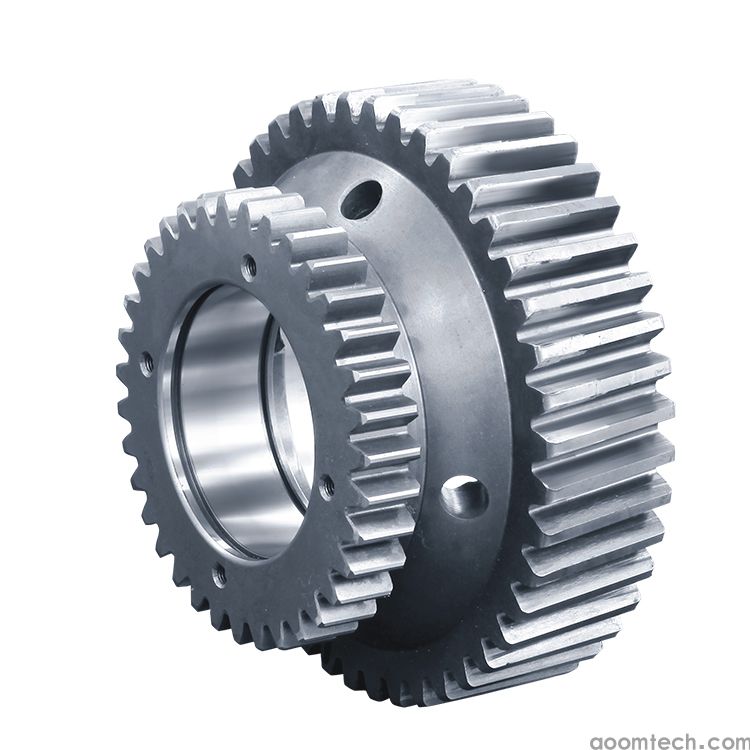
How to Get the Most Accurate Quote (Without the Surprises)
To avoid sticker shock, here’s what I always include in my RFQ:
- ✅ Clear drawings with callouts for the tooth pattern (type, pitch, depth).
- ✅ Material specification (grade and condition).
- ✅ Required surface finish beyond the teeth.
- ✅ The exact quantity needed.
- ✅ And most importantly, explain the part's end-use. This helps the supplier suggest the most cost-effective solution.
When you provide this info, you're not just asking for a price; you're starting a conversation that leads to a better value. Hopefully, this gives you a clearer picture for your next project! 🚀
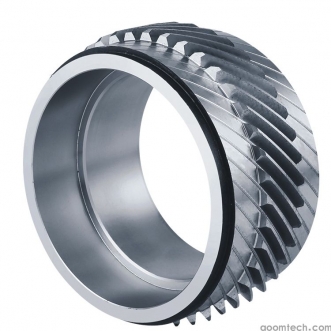 How Much Does CNC Anti-Slip To
How Much Does CNC Anti-Slip To
 How to Choose Reliable CNC Fla
How to Choose Reliable CNC Fla
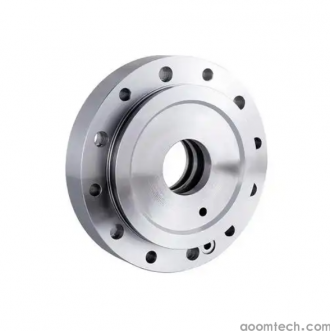 Precision CNC Aluminum Parts C
Precision CNC Aluminum Parts C
 Precision CNC Machining Manufa
Precision CNC Machining Manufa


